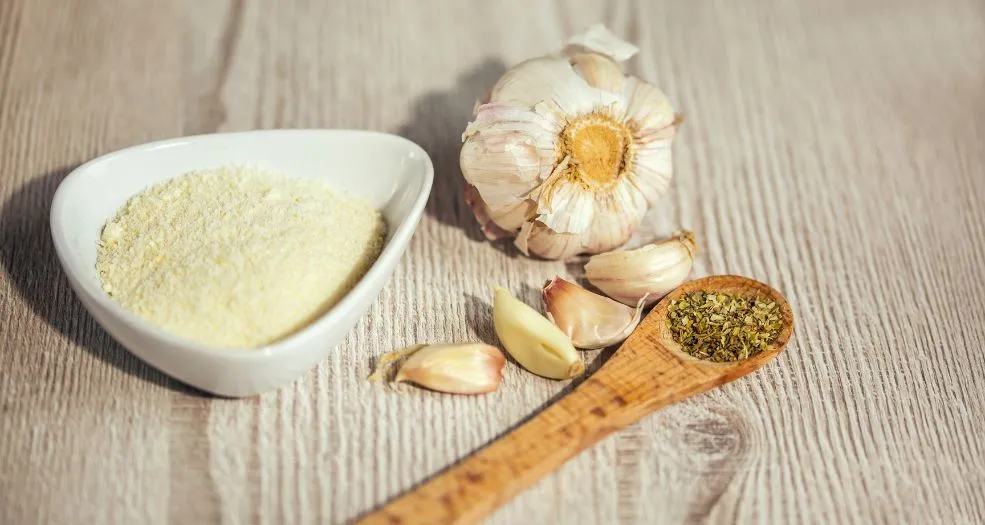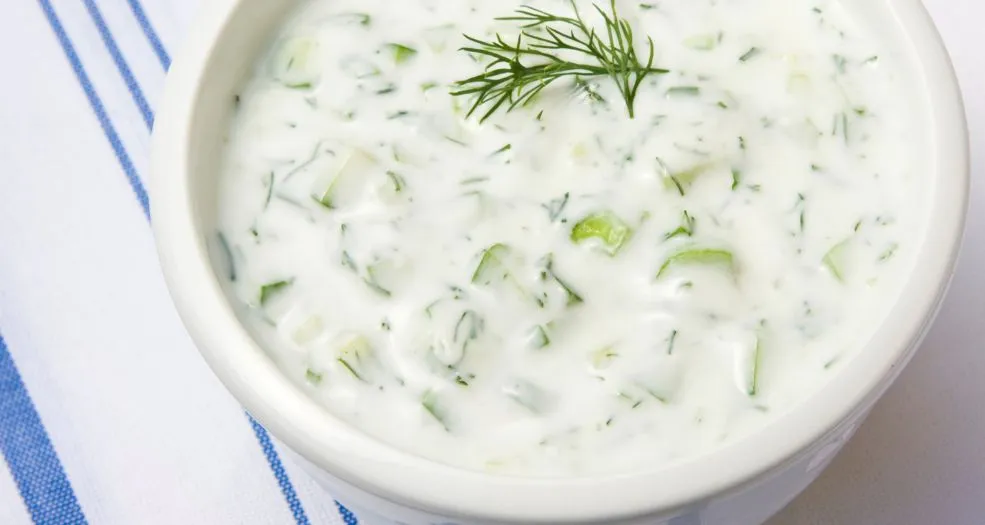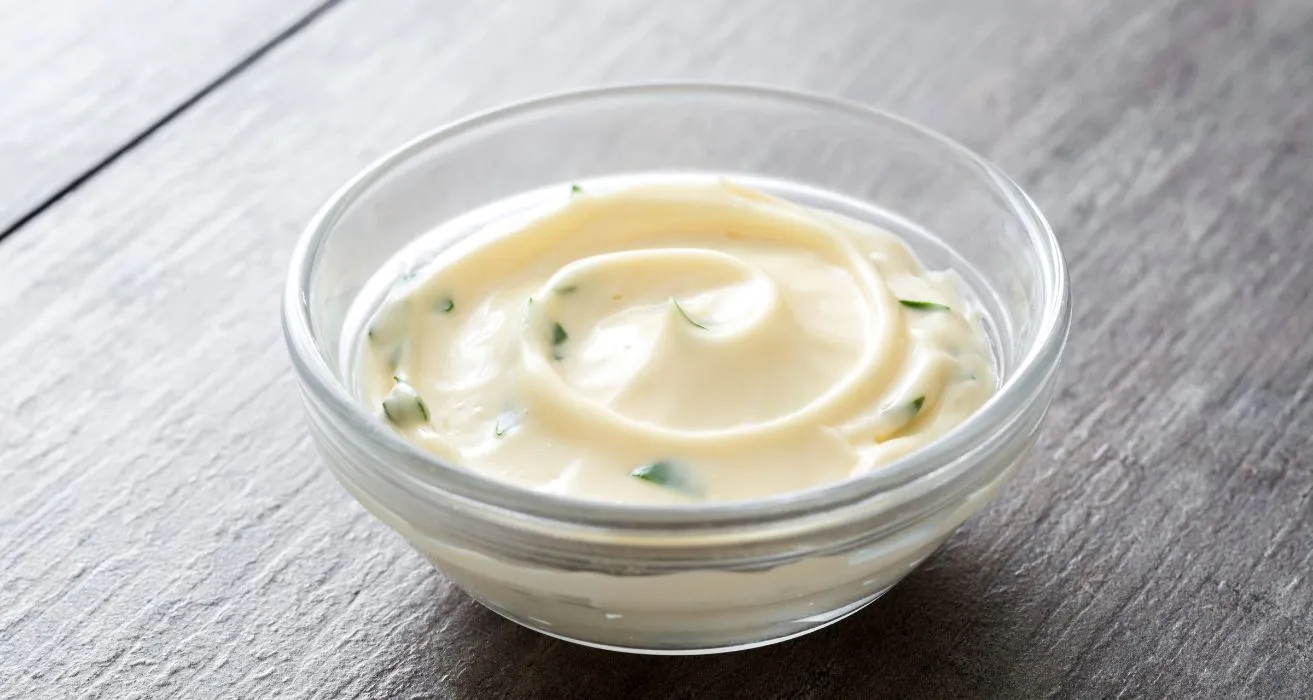Embarking on a culinary journey with a sauce that’s taken the world by storm, we dive into the rich, creamy world of garlic parmesan sauce. This staple of Italian cuisine has transformed dishes globally, turning the ordinary into sublime. From wing night favorites to pasta perfection, garlic parmesan sauce has a versatility that’s hard to match. In this article, we’ll explore its origins, dive into a foolproof recipe, uncover the best pairings, and share some top-notch storage tips. So, let’s whisk our way into the flavorful embrace of garlic and cheese, shall we?
Introduction
The allure of garlic parmesan sauce lies in its simplicity and depth of flavor. Combining the robust zest of garlic with the nutty, salty tang of Parmesan cheese, this sauce creates a harmony that elevates any dish it graces. Whether it’s drizzled over crispy chicken wings or tossed with al dente pasta, its presence is both comforting and indulgent.
Historical Origins and Evolution
Tracing back to the rustic kitchens of Italy, garlic parmesan sauce began as a humble concoction. It was a testament to the Italian ethos of using fresh, quality ingredients to create something greater than the sum of its parts. Over time, this sauce crossed oceans, adapting and evolving. Today, it’s a global phenomenon, finding its way into the hearts of food lovers everywhere.
In essence, garlic parmesan sauce is more than just a condiment. It’s a bridge between cultures, a culinary staple that speaks the universal language of flavor. So, let’s continue to unfold the layers of this beloved sauce, as we move on to its key components in the next section.
Key Ingredients and Substitutions

Main Ingredients of Garlic Parmesan Sauce
At its heart, the garlic parmesan sauce is a symphony of flavors, each ingredient playing a crucial role. The base starts with butter, melted and golden, providing a rich foundation. Freshly grated Parmesan cheese lends its iconic salty tang and creamy texture. Garlic, the star, is minced or powdered, infusing the sauce with its unmistakable warmth and depth. For a hint of complexity, onion salt and black pepper are sprinkled in, balancing the flavors.
Substitutions for Dietary Restrictions
For those navigating dietary restrictions, fear not. The beauty of garlic parmesan sauce lies in its adaptability. Vegan? Swap out butter for a plant-based alternative and use nutritional yeast or vegan Parmesan. Lactose intolerant? There are numerous lactose-free butters and cheeses that won’t compromise the sauce’s integrity. And for the gluten-sensitive, rest assured, this sauce is naturally gluten-free, making it a versatile choice for various dietary needs.
In essence, the garlic parmesan sauce welcomes all, with open arms, to the table. With a few tweaks here and there, it remains a testament to the joy of cooking — inclusive, adaptable, and ever-delicious. Let’s carry this spirit forward as we delve into the step-by-step guide to creating this sauce in your kitchen.
Step-by-Step Recipe
Creating the perfect garlic parmesan sauce is like conducting an orchestra. Each ingredient must come in at the right moment, in harmony, to create a masterpiece. Here’s how to make this flavorful sauce from the comfort of your home.
Preparation Method
- Ingredients:
- 1/2 cup of unsalted butter
- 1 cup of freshly grated Parmesan cheese
- 1 tablespoon of garlic powder (or 3 cloves of minced fresh garlic for a bolder flavor)
- 1/2 teaspoon of onion salt
- 1/4 teaspoon of freshly ground black pepper
- Directions: a. Begin by melting the butter over medium heat in a saucepan. Keep an eye on it; we want it melted, not browned. b. Lower the heat and add the garlic. If you’re using fresh garlic, let it sauté gently for a minute until fragrant. c. Stir in the grated Parmesan cheese slowly, allowing it to melt into the butter and garlic mixture. d. Add the onion salt and black pepper, whisking until you achieve a smooth, creamy consistency. e. Taste and adjust seasoning if necessary. For a thinner sauce, a splash of milk can be added.
Voilà! You’ve just created a homemade garlic parmesan sauce. This sauce is not just a treat; it’s a testament to the joy of cooking.
Tips for Perfect Consistency and Flavor
- Fresh is Best: For the most robust flavor, opt for fresh garlic and freshly grated Parmesan cheese. The difference is night and day.
- Low and Slow: Keep the heat low to prevent the sauce from separating. Patience is your friend here.
- Season to Taste: Don’t be afraid to adjust the seasonings. Some might prefer a bit more garlic, while others might like a touch more pepper.
With this guide, making parmesan sauce becomes less of a recipe and more of an art. It’s about intuition, adjustment, and, most importantly, enjoying the process. As we move on, let’s explore the myriad ways this sauce can elevate your meals.
Serving Suggestions and Pairings
The versatility of this sauce is its superpower. It’s a culinary chameleon, seamlessly adapting to enhance a wide array of dishes. Let’s explore some of the best pairings and innovative serving ideas.
Best Pairings with Garlic Parmesan Sauce
- Wings and Things: Naturally, chicken wings drenched in garlic parmesan sauce are a match made in heaven. But don’t stop there. Try it with roasted cauliflower wings for a vegetarian twist.
- Pasta Perfection: Toss your favorite pasta in this sauce for an instant flavor upgrade. Whether it’s spaghetti, fettuccine, or zoodles, you’re in for a treat.
- Pizza Night: Swap out your regular pizza sauce for garlic parmesan sauce. Add some mozzarella, chicken, and spinach for a gourmet pie at home.
- Dip It: From breadsticks to veggies, this sauce makes an irresistible dip. It’s a crowd-pleaser at any gathering.
Innovative Serving Ideas
- Stuffed Mushrooms: Fill mushrooms with a mixture of breadcrumbs, a bit of garlic parmesan sauce, and bake. They’re delightful.
- Garlic Parmesan Potato Wedges: Drizzle or brush your potato wedges with this sauce before baking. It’s a game-changer.
- Savory Crepes: Spread some sauce on a crepe, add cooked chicken and mushrooms, fold, and enjoy a savory treat.
Incorporating garlic parmesan sauce into your meals is like adding a sprinkle of magic. Its rich, creamy flavor enhances dishes, turning the ordinary into extraordinary. With these suggestions, you’re well-equipped to explore the delicious possibilities. Next, we’ll look into how to keep this magical sauce at its best with storage tips and make-ahead advice.
Storage and Make-Ahead Tips
Having garlic parmesan sauce on hand means you’re always a step away from elevating a meal from simple to spectacular. Here’s how to store it properly and make it ahead of time for utmost convenience.

How to Store Garlic Parmesan Sauce
In the Fridge: Pour your cooled sauce into a jar or an airtight container. It can comfortably sit in your refrigerator for up to a week. Remember, the flavors meld and deepen over time, so making it in advance can actually enhance its taste.
In the Freezer: For longer storage, freezing is an option. Use an ice cube tray to freeze portions of the sauce. Once frozen, transfer the cubes into a freezer bag. This method makes it easy to thaw just the right amount needed for a meal.
Prepping Sauce in Advance
Making garlic parmesan sauce ahead of time is a breeze. Follow the recipe as usual, let the sauce cool, and then store it as mentioned above. When you’re ready to use it, gently reheat the sauce on the stove over low heat, stirring frequently to prevent separation. If the sauce has thickened too much, a splash of milk can help return it to its creamy glory.
By storing your sauce properly and making it ahead of time, you ensure that this delicious concoction is ready to enhance your dishes at a moment’s notice. It’s all about smart cooking and ensuring that you have gourmet flavors at your fingertips. Next, we’ll address some frequently asked questions to help you master the art of garlic parmesan sauce.
FAQs
Garlic Parmesan Sauce enthusiasts often have questions about crafting the perfect sauce or how to best enjoy it. Here are answers to some of the most common queries.
What is parmesan garlic sauce made of?
Parmesan garlic sauce typically includes butter, cream (heavy cream or half-and-half), garlic, Parmesan cheese, flour, and often seasonings like salt, pepper, and sometimes Italian seasoning for added flavor. The exact ingredients can vary slightly between recipes, but these components are commonly used to create a rich, creamy, and flavorful sauce.
Is Alfredo sauce the same as garlic parmesan sauce?
No, Alfredo sauce and garlic parmesan sauce are not the same. While they share similar ingredients like butter, cream, and Parmesan cheese, Alfredo sauce is richer and thicker, often including egg yolk and a larger amount of heavy whipping cream. Garlic parmesan sauce, on the other hand, is known for its robust garlic flavor and is sometimes made with a lighter cream or milk base.
What is garlic parmesan sauce at Dominos?
The garlic parmesan sauce at Domino’s is a creamy, savory sauce used on pizzas and other dishes. It typically features a blend of garlic, Parmesan cheese, and butter, among other ingredients, to create a rich and flavorful topping. However, the exact recipe is proprietary to Domino’s.
What are garlic parmesan wings made of?
Garlic parmesan wings are made by coating chicken wings in a savory mixture of garlic parmesan sauce. The sauce usually contains butter, garlic, Parmesan cheese, and sometimes additional ingredients like cream, flour, and seasonings to enhance flavor and texture. The wings can be baked, fried, or air-fried before being tossed in this sauce.
What is Arabic garlic sauce made of?
Arabic garlic sauce, also known as Toum, is made from garlic, oil (such as vegetable or olive oil), lemon juice, and salt. It’s a thick, creamy sauce created by emulsifying the garlic and oil, often with the addition of a little cold water to help maintain the emulsion. This sauce is vegan and known for its strong garlic flavor.
What are the three ingredients in parmesan cheese?
Real Parmesan cheese, specifically Parmigiano-Reggiano, is made from just three ingredients: cow’s milk (partially skimmed), salt, and rennet (a natural enzyme). These ingredients are combined and aged for a minimum of 12 months to develop the cheese’s distinctive flavor and texture.
Is carbonara just Alfredo sauce?
No, carbonara and Alfredo sauce are distinct Italian sauces. Carbonara is traditionally made with eggs, Pecorino Romano cheese, pancetta (or guanciale), and black pepper. Alfredo sauce, on the other hand, is a creamy sauce made with butter, heavy cream, and Parmesan cheese. Both sauces are used to dress pasta but have different flavors and textures.
What do Italians call Alfredo sauce?
In Italy, what is known internationally as “Alfredo sauce” does not have a specific name and is not commonly found in traditional Italian cuisine. The closest authentic Italian dish is “Fettuccine al burro” or pasta with butter and Parmesan cheese, which is simpler and less creamy than the Alfredo sauce popularized in other countries.
Why is it called Alfredo sauce?
Alfredo sauce gets its name from Alfredo di Lelio, a restaurateur in Rome who in the early 20th century created “Fettuccine Alfredo,” a dish made with fettuccine pasta, butter, and Parmesan cheese. The dish became popular among tourists and was eventually adapted into the creamier version known today as Alfredo sauce outside of Italy.
What goes well with garlic Parmesan sauce on pizza?
Garlic Parmesan sauce pairs well with a variety of pizza toppings, including chicken, bacon, mushrooms, spinach, and onions. Its creamy and garlicky flavor complements both meat and vegetables, making it a versatile choice for pizza sauce. It can also be used as a base sauce in place of traditional tomato sauce for a rich and savory pizza experience.
Can I use pre-grated Parmesan cheese?
Yes, but for the best flavor and meltability, freshly grated Parmesan cheese from a block is recommended. Pre-grated cheese often contains anti-caking agents that can affect the sauce’s smoothness.
Is garlic Parmesan sauce gluten-free?
Indeed, traditional garlic Parmesan sauce is gluten-free, as it typically contains butter, garlic, and cheese. However, always check your specific ingredients to ensure they meet your dietary needs.
How can I make my sauce thicker?
If your sauce is too thin, you can simmer it over low heat to reduce and thicken it. Alternatively, adding a bit more grated Parmesan cheese will help thicken it up.
Can I make garlic Parmesan sauce vegan?
Absolutely! Substitute the butter with a plant-based alternative and use nutritional yeast or vegan Parmesan cheese instead of regular Parmesan. These swaps keep the essence of the sauce while making it vegan-friendly.
How can I use garlic Parmesan sauce in a low-carb diet?
This sauce is inherently low in carbs, making it perfect for such diets. Enjoy it with zucchini noodles, as a topping for grilled meats, or as a delicious dip for veggies.
Conclusion:
This article journeyed through the creamy, savory world of garlic parmesan sauce, from its humble origins to becoming a global culinary staple. We’ve unpacked its key ingredients, dove into a foolproof recipe, and explored versatile serving suggestions. Plus, we’ve covered essential storage tips and tackled frequently asked questions to ensure you’re well-equipped to bring this beloved sauce into your cooking repertoire.
Remember, cooking is as much about the adventure as it is about the destination. With garlic parmesan sauce, you have a versatile ally in your culinary adventures, ready to transform simple ingredients into something extraordinary. Whether you’re drizzling it over pasta, using it as a dip, or exploring new pairings, this sauce is sure to delight your taste buds and impress your guests.
Keep experimenting, keep tasting, and most importantly, keep enjoying the process. Cooking withthis sauce is more than just following a recipe; it’s about adding a touch of love to every dish. So go ahead, give it a whirl, and see where this flavorful journey takes you. Bon appétit!
